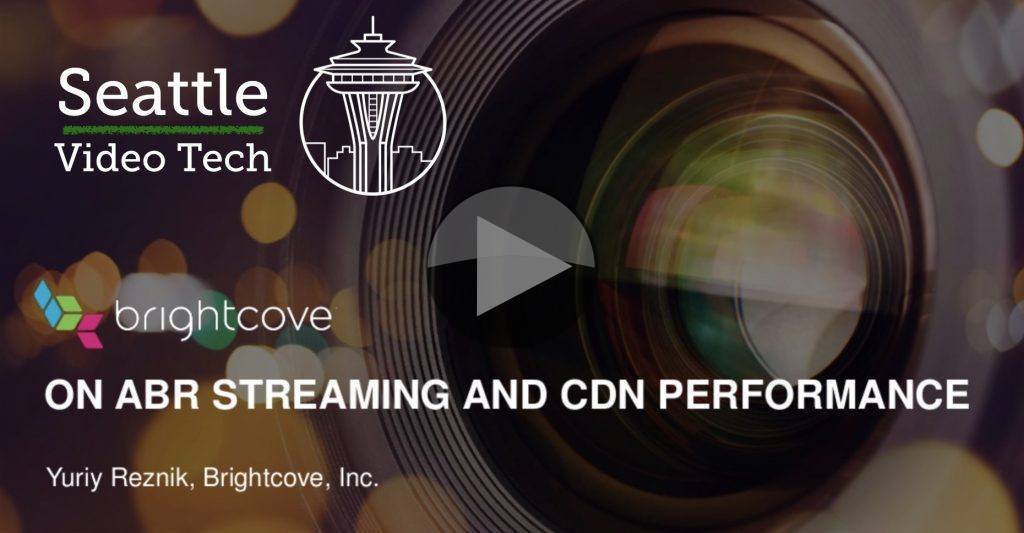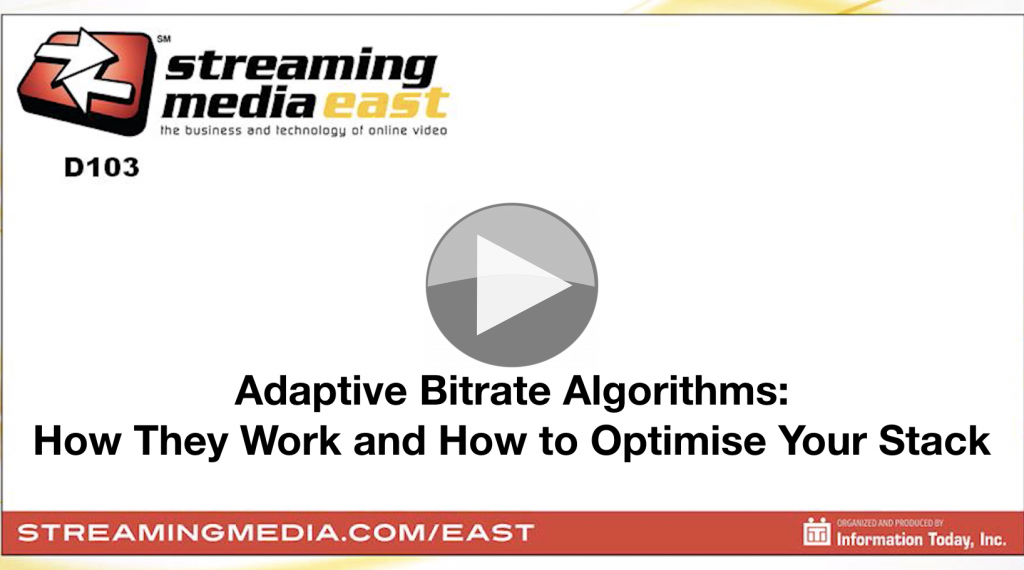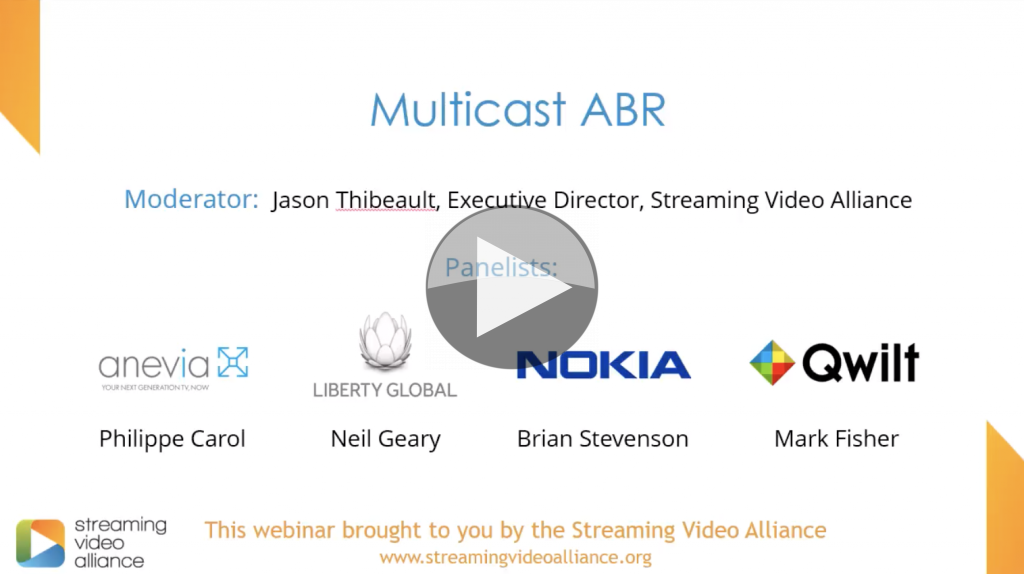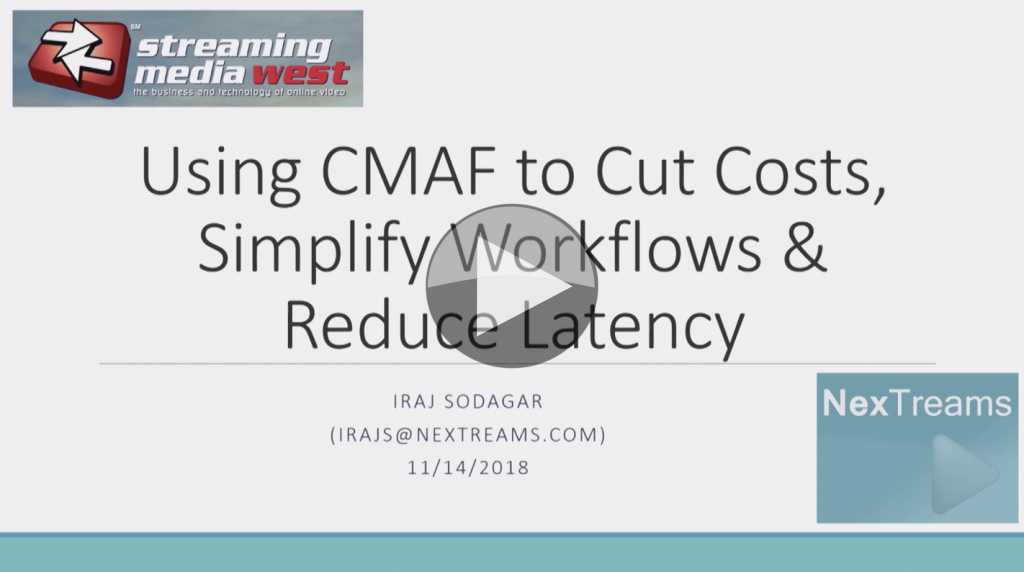Hot on the heel’s of yesterday’s video all about Adaptive Bitrate (ABR) streaming we have research engineer Yuriy Reznik from Brightcove looking at the subject in detail. We outlined the use of ABR yesterday showing how it is fundamental to online streaming.
Brightcove, an online video hosting platform with its own video player, has a lot of experience of delivery over the CDN. We saw yesterday the principles that the player, and to an extent the server, can use to deal with changing network (and to an extent changing client CPU usage) by going up and down through the ABR ladder. However this talk focusses on how the CDN in the middle complicates matters as it tries its best to get the right chunks in the right place at the right time.
How often are there ‘cache misses’ where the right file isn’t already in place? And how can you predict what’s necessary?
Yuriy even goes in to detail about how to work out when HEVC deployment makes sense for you. After all, even if you do deploy HEVC – do you need to do it for all assets? And if you do only deploy for some assets, how do you know which? Also, when does it make sense to deploy CMAF? In this talk, we hear the answers.
Speaker
 |
Yuriy Reznik VP, Research Brightcove |













